Five invasive species that wrought havoc in S. Korea
By Moon Ki HoonPublished : Sept. 9, 2023 - 16:01
Invasive species cost the global economy a whopping $423 billion annually, a major new study from the United Nations found Monday. Introduced to new environments through human activities, these species adversely impact local biodiversity and human lifestyles by destroying crops and wiping out native species.
Korea is no exception to this global concern. The country's natural ecosystems have been significantly disrupted by invasive species over the years. Here are some of South Korea’s most notorious invasive species:
1. Nutria
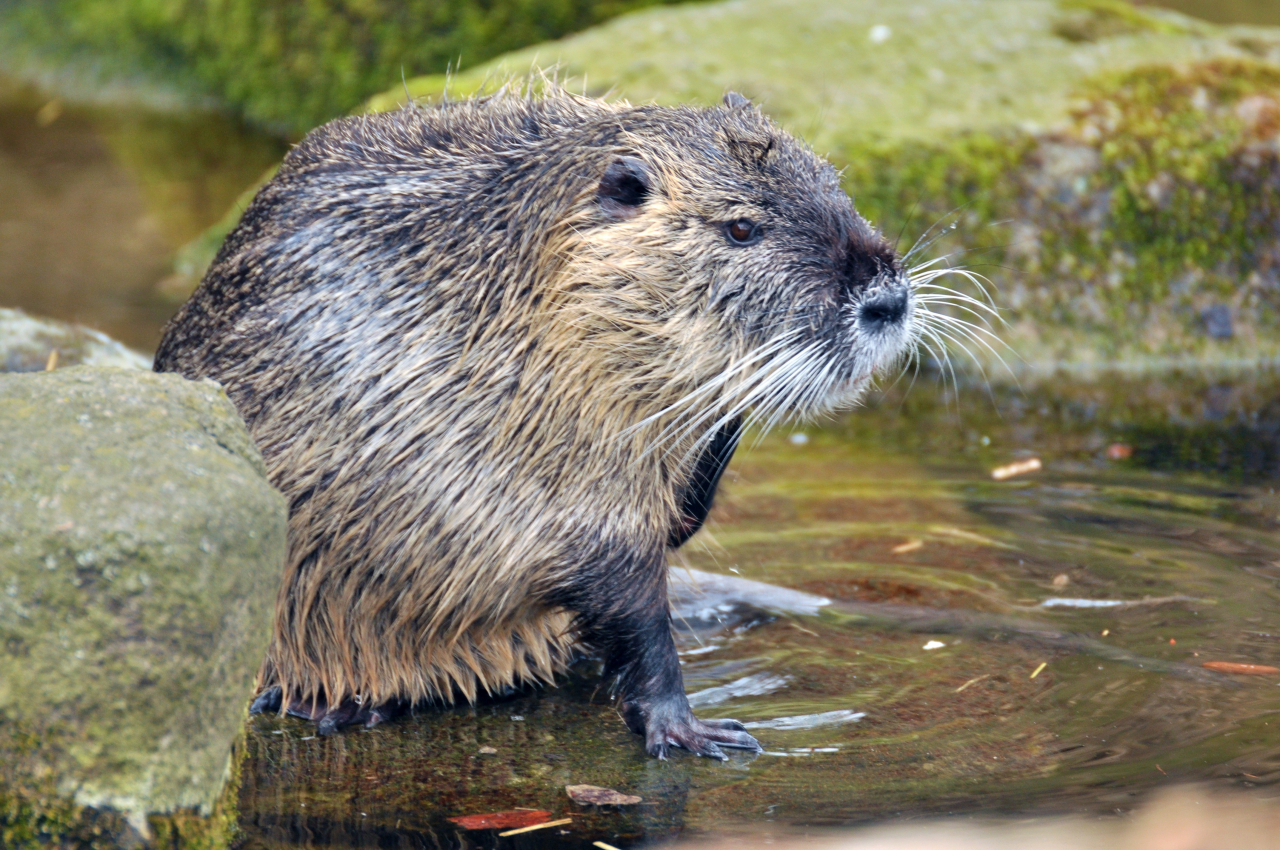
Native to South America, Nutria were introduced to Korea from Europe in the 1980s, primarily for fur and meat. With their massive size -- 5-8 times that of a typical rat -- they've earned the notorious nickname "monster rats." Preferring aquatic habitats, Nutria are commonly found near water sources across Korea’s southern regions.
A decline in their commercial demand led to their release into the wild, where they began to destroy rice farms and other crops. Their feeding habits, especially their preference for the roots of plants that anchor wetland soil, have also caused significant damage to coastal marshes.
In response to the escalating problem, the Ministry of Environment labeled Nutria as an invasive species in 2009. Recent efforts to combat their spread have yielded some success, with Ministry data showing a 72 percent drop in their numbers in Southern Korea from 2014 to 2022.
2. Louisiana crawfish
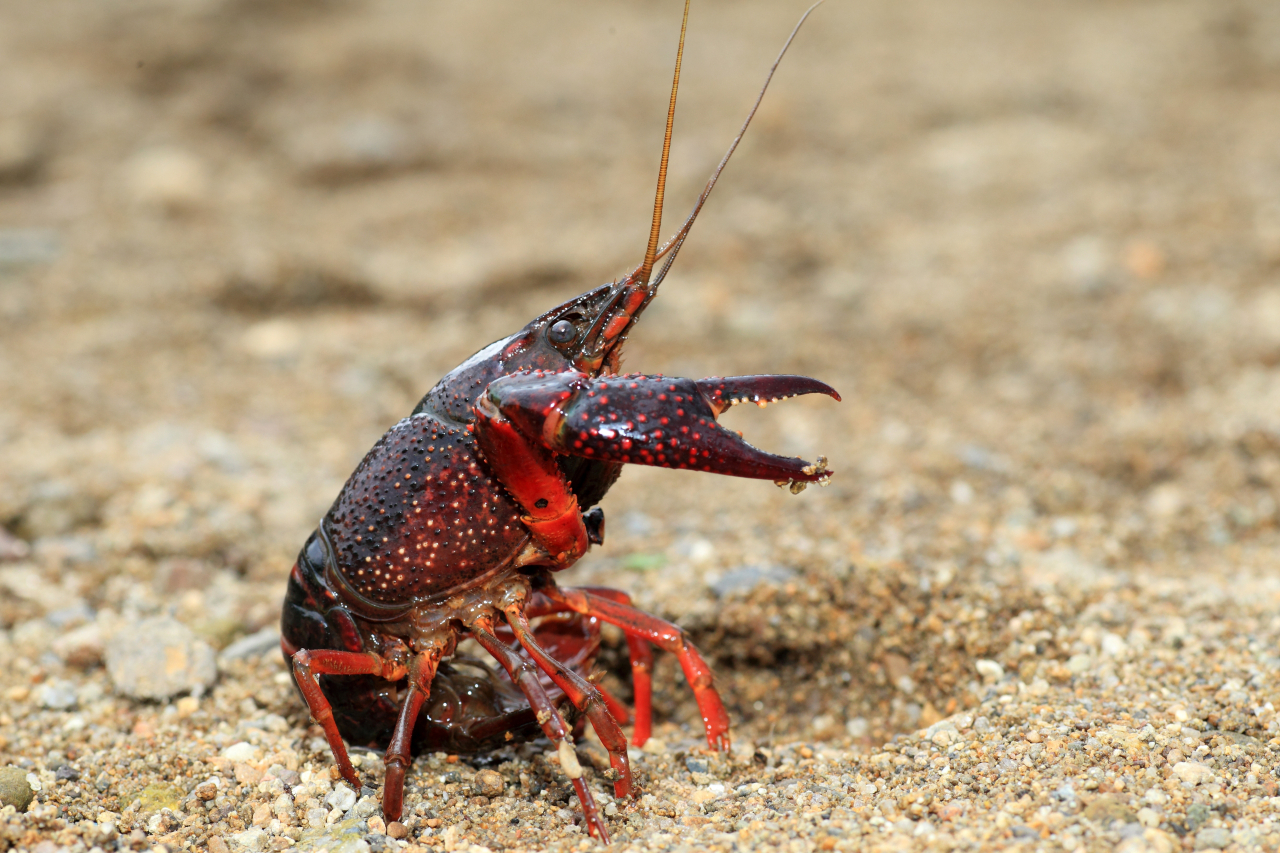
Red Swamp Crayfish, more popularly known as the Louisiana Crawfish, are native to the Southern United States and Northern Mexico. Their presence in Korea dates back to 1987 when they were first found in a lake near a US military base in Yongsan, which strongly suggests they were brought in as pets or for decorative purposes.
The crawfish spread extensively throughout the country, even reaching the southern regions of South Jeolla Province. Classified as an invasive species in 2019, the crawfish pose a threat to native plants and animals and are known to damage rice field canals with their burrows, which can extend up to 90 cm.
3. Bullfrogs
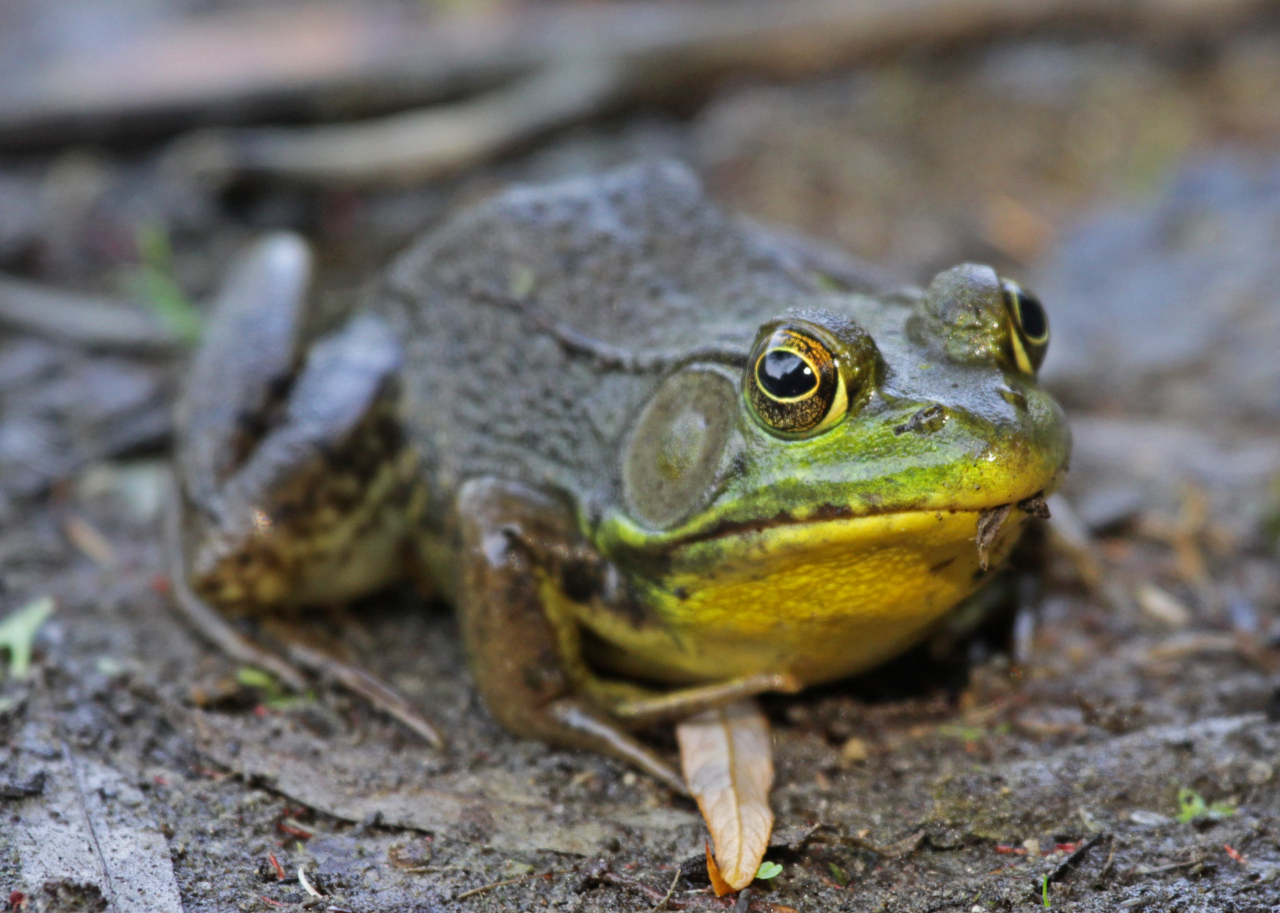
Originally from eastern North America, Bullfrogs were brought to Korea in the 1970s for consumption. Growing up to 20 cm wide, which is 3-4 times larger than most indigenous frogs, these sizable amphibians are known to consume almost anything in their path, from small mammals to snakes. Their notoriously loud croaking has also become a nuisance for residents.
However, nature seems to be finding a balance lately, with local species now preying on the bullfrog's tadpoles and leading to a marked decline in their numbers in recent years.
4. Red-eared sliders
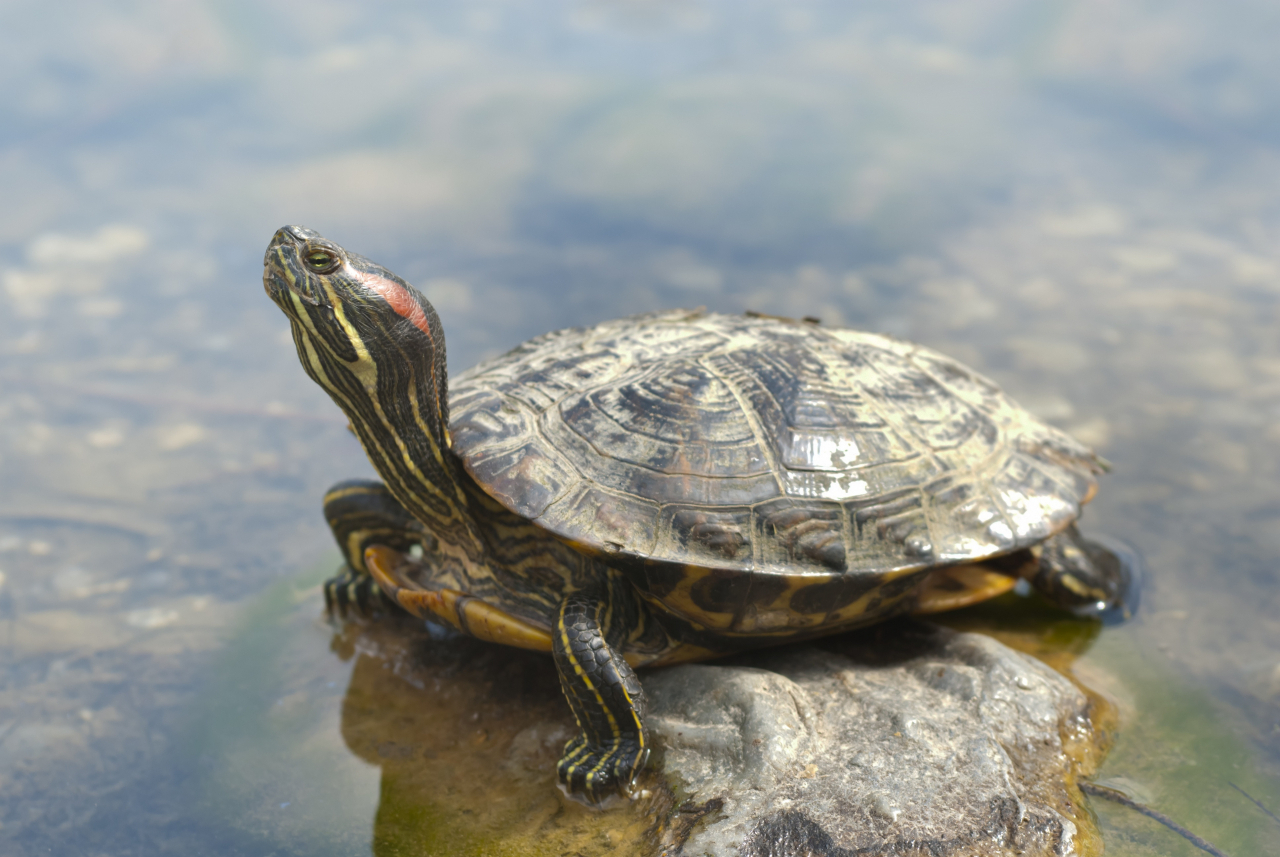
Red-eared sliders, native to the Mississippi River in the US, are an invasive turtle species. Recognizable by red markings on their heads and averaging 15-20 cm in size, red-eared sliders have found new habitats in ponds and lakes across Korea after first being brought in as pets in the 1980s. These adaptive turtles outcompeted their native cousins for food, pushing the native Reeves' turtle -- also known as the Chinese pond turtle -- to the brink of extinction. Recognizing the growing concern, the government banned the import of red-eared sliders in 2001.
5. Largemouth bass
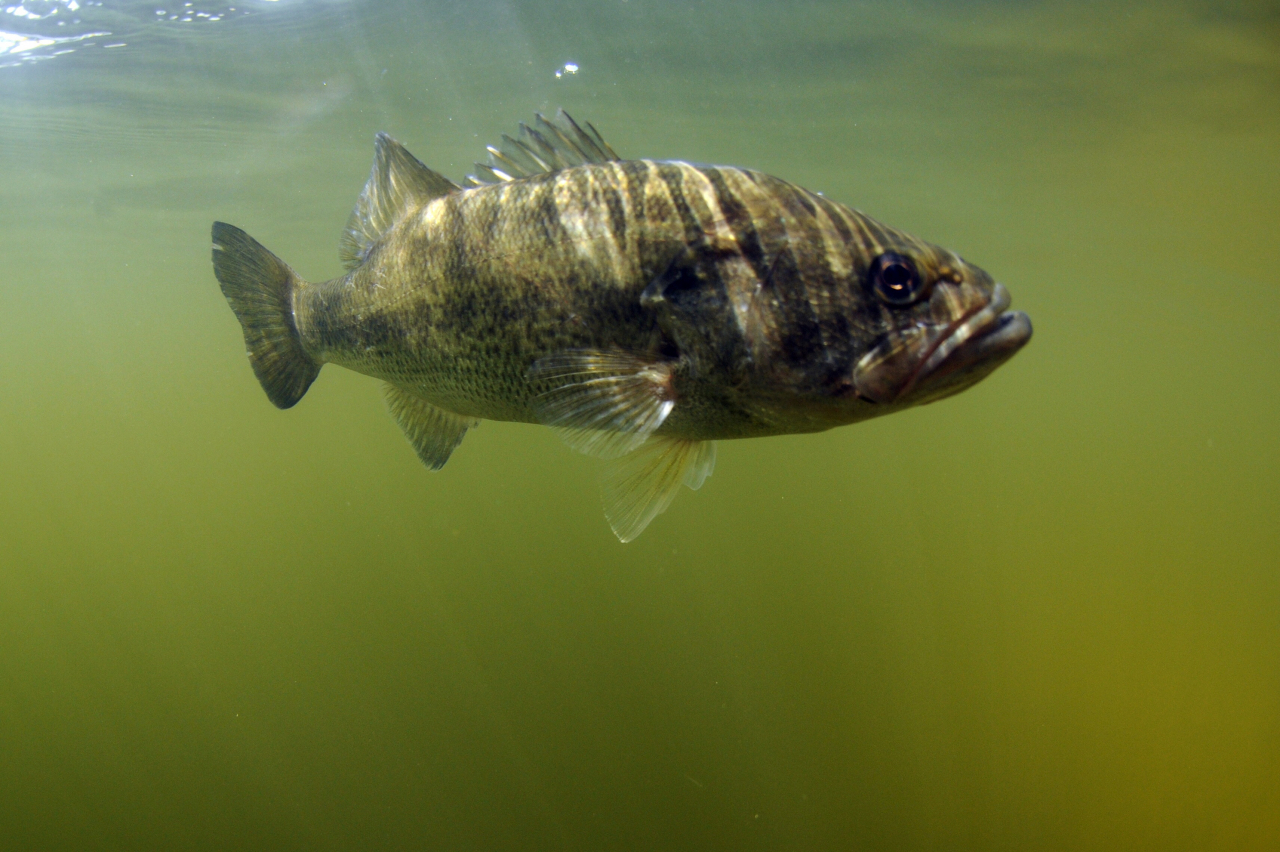
The largemouth bass, native to North America, made its way to Korea in the 1970s. Despite first being introduced for consumption, its taste did not find favor among Koreans. But the fish did manage to dominate local water bodies thanks to its high reproduction rate, capable of laying up to 45,000 eggs multiple times a season. Native fish and crustaceans suffered a sharp decline as a result of the largemouth bass' proliferation.
As the largemouth bass is popular in the recreational fishing community, some local governments have organized fishing competitions as a strategy to reduce their numbers.




![[KH Explains] No more 'Michael' at Kakao Games](http://res.heraldm.com/phpwas/restmb_idxmake.php?idx=644&simg=/content/image/2024/04/28/20240428050183_0.jpg&u=20240428180321)






![[Grace Kao] Hybe vs. Ador: Inspiration, imitation and plagiarism](http://res.heraldm.com/phpwas/restmb_idxmake.php?idx=644&simg=/content/image/2024/04/28/20240428050220_0.jpg&u=)







